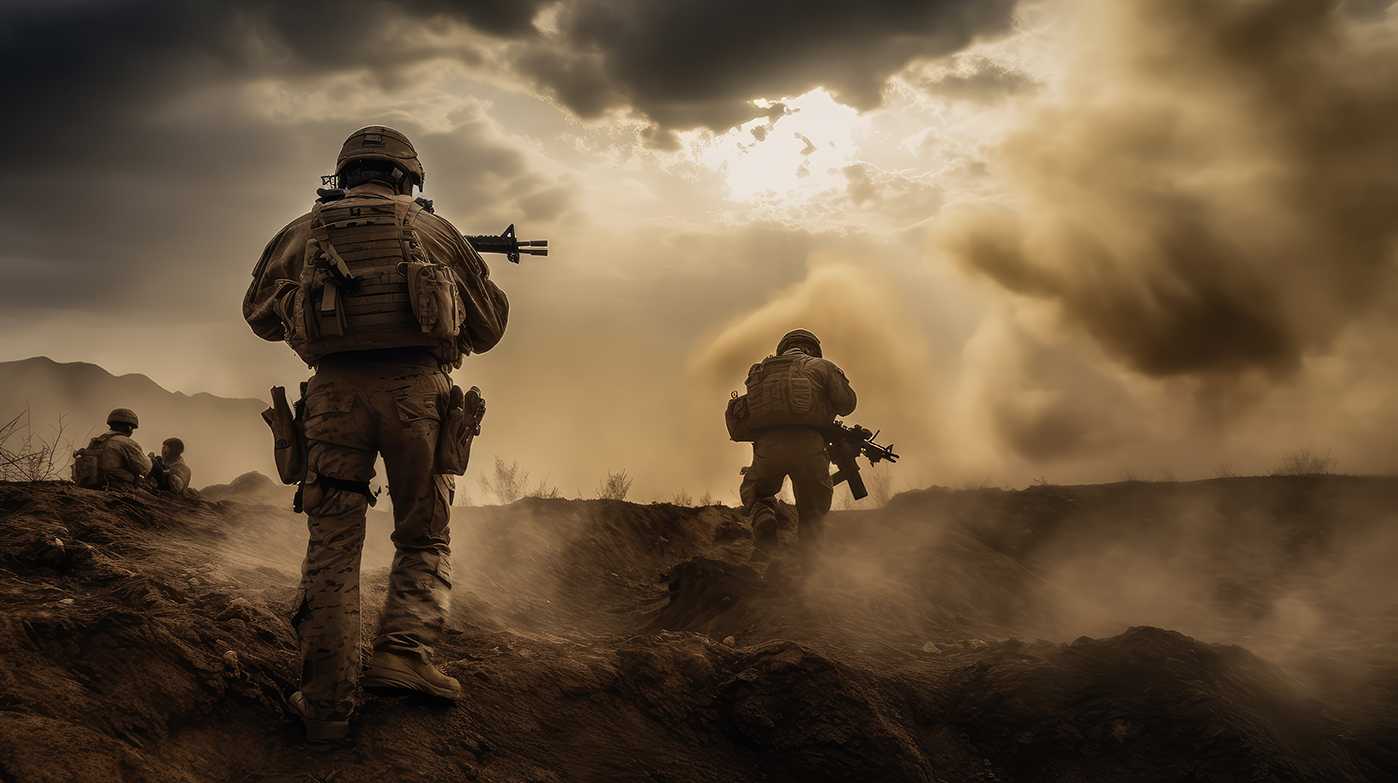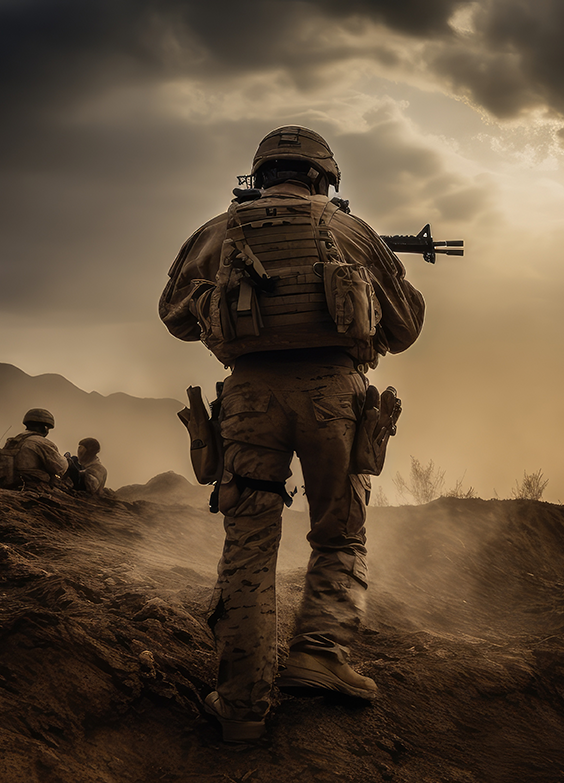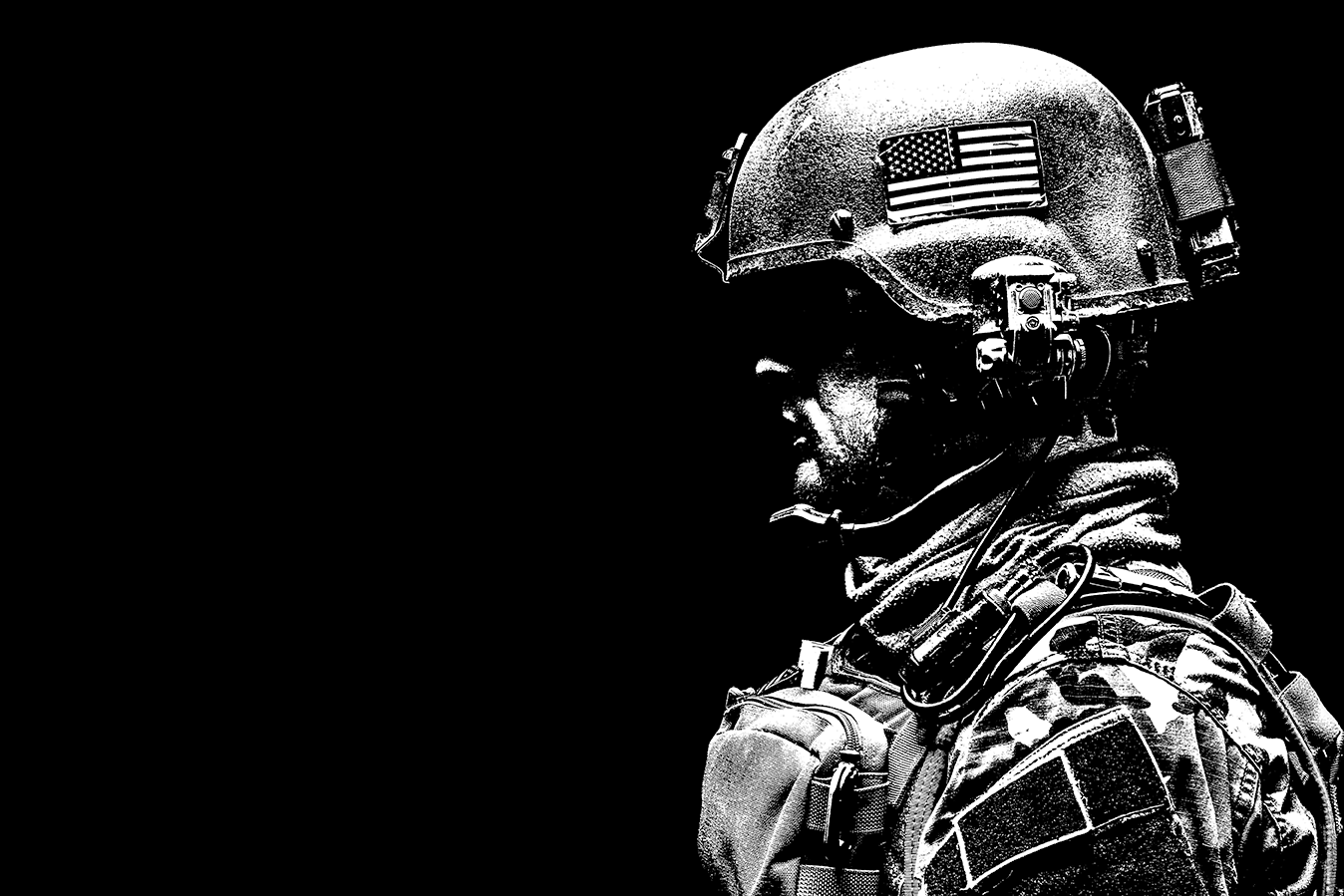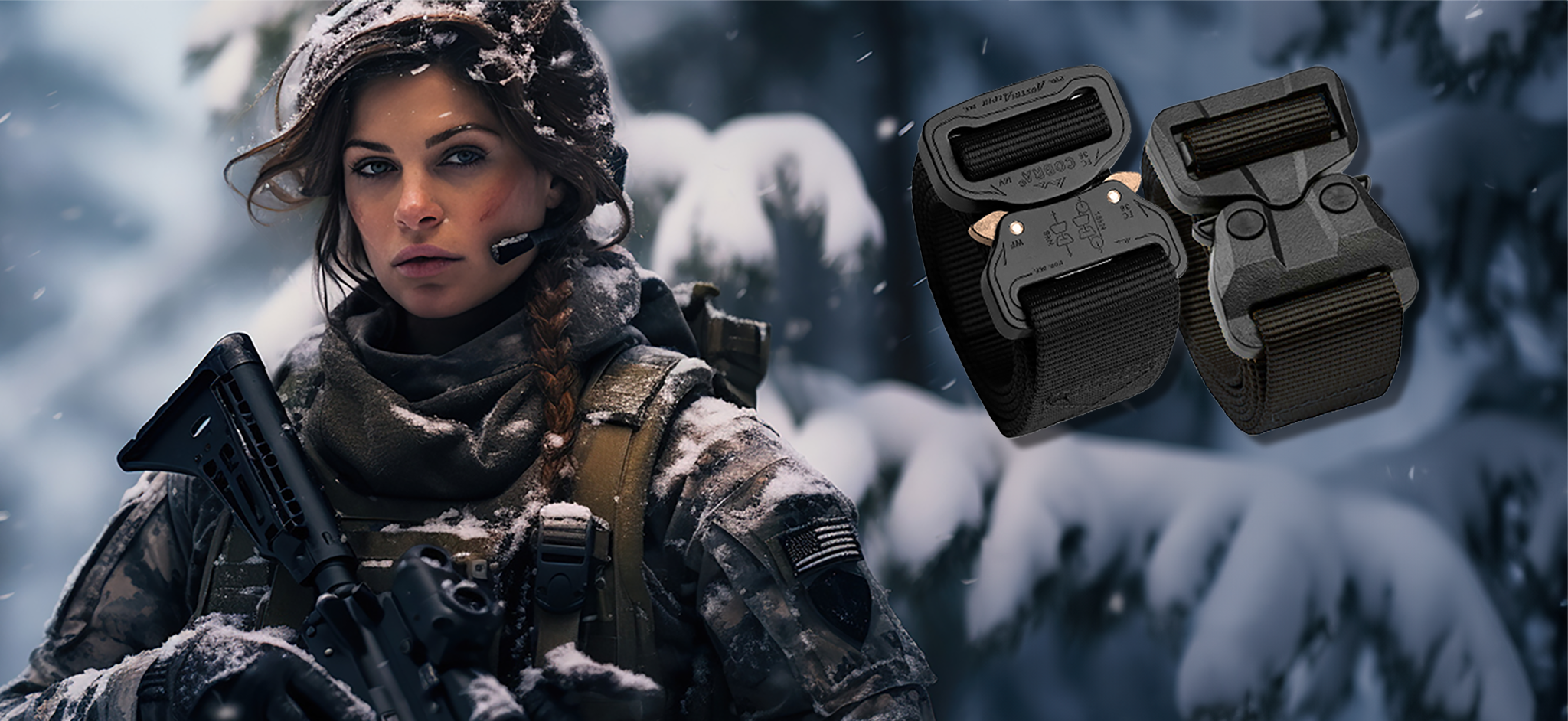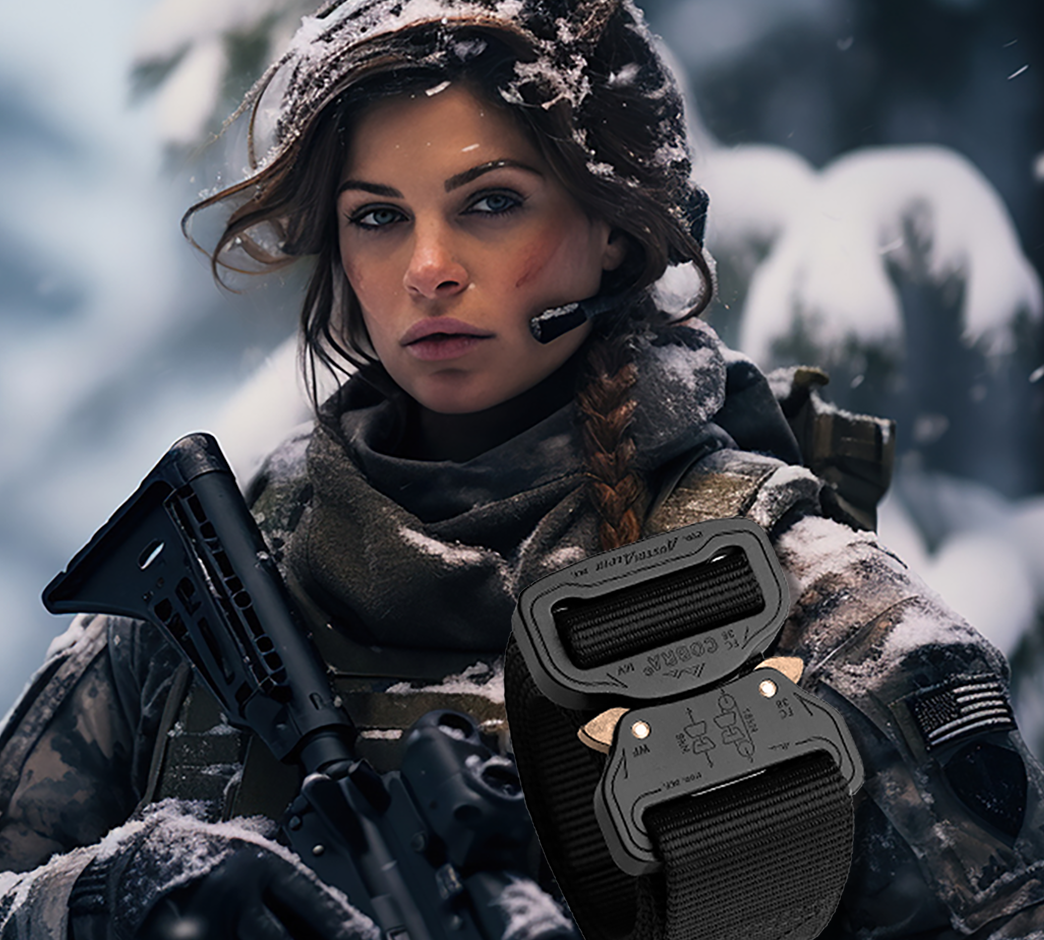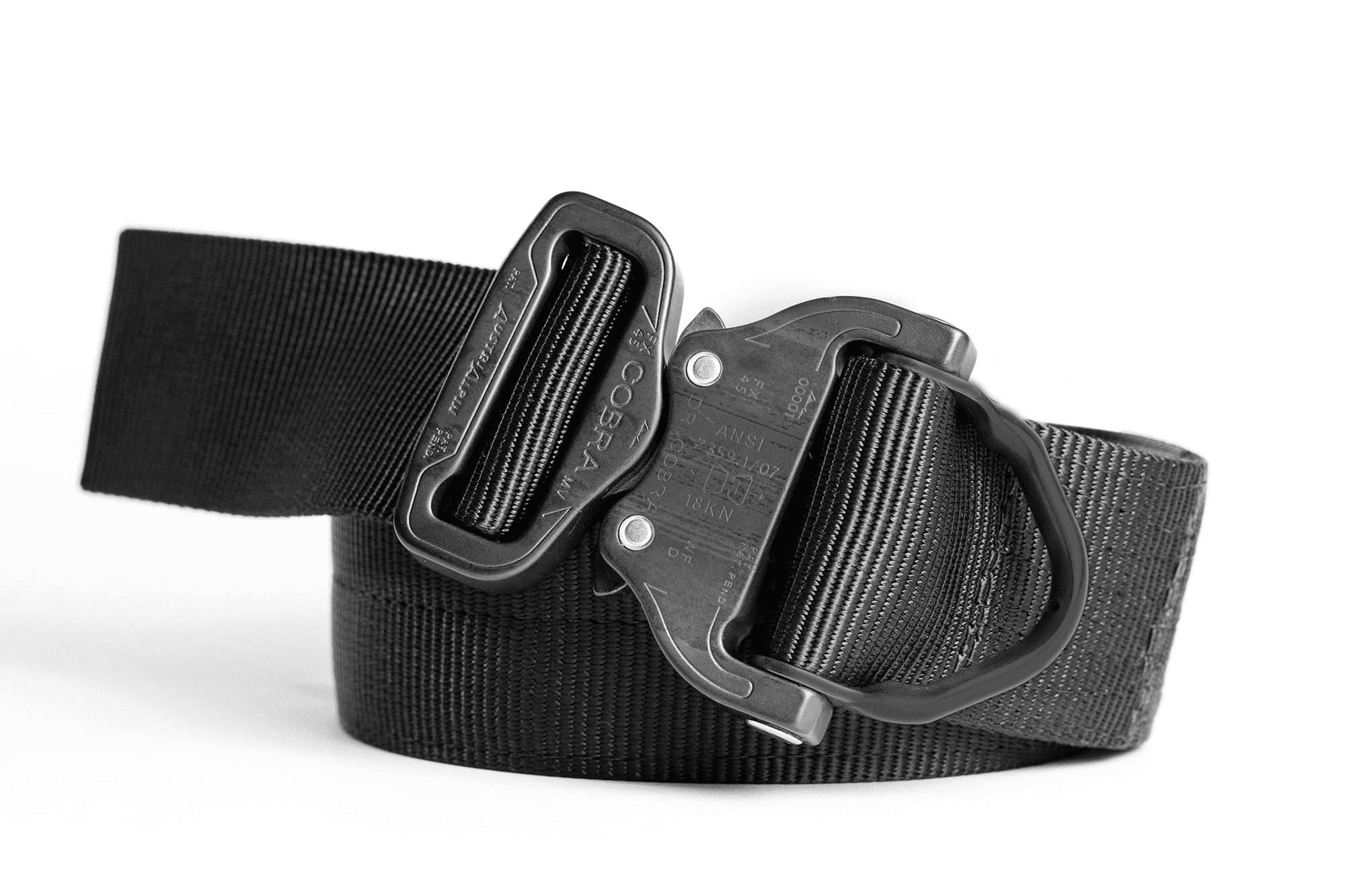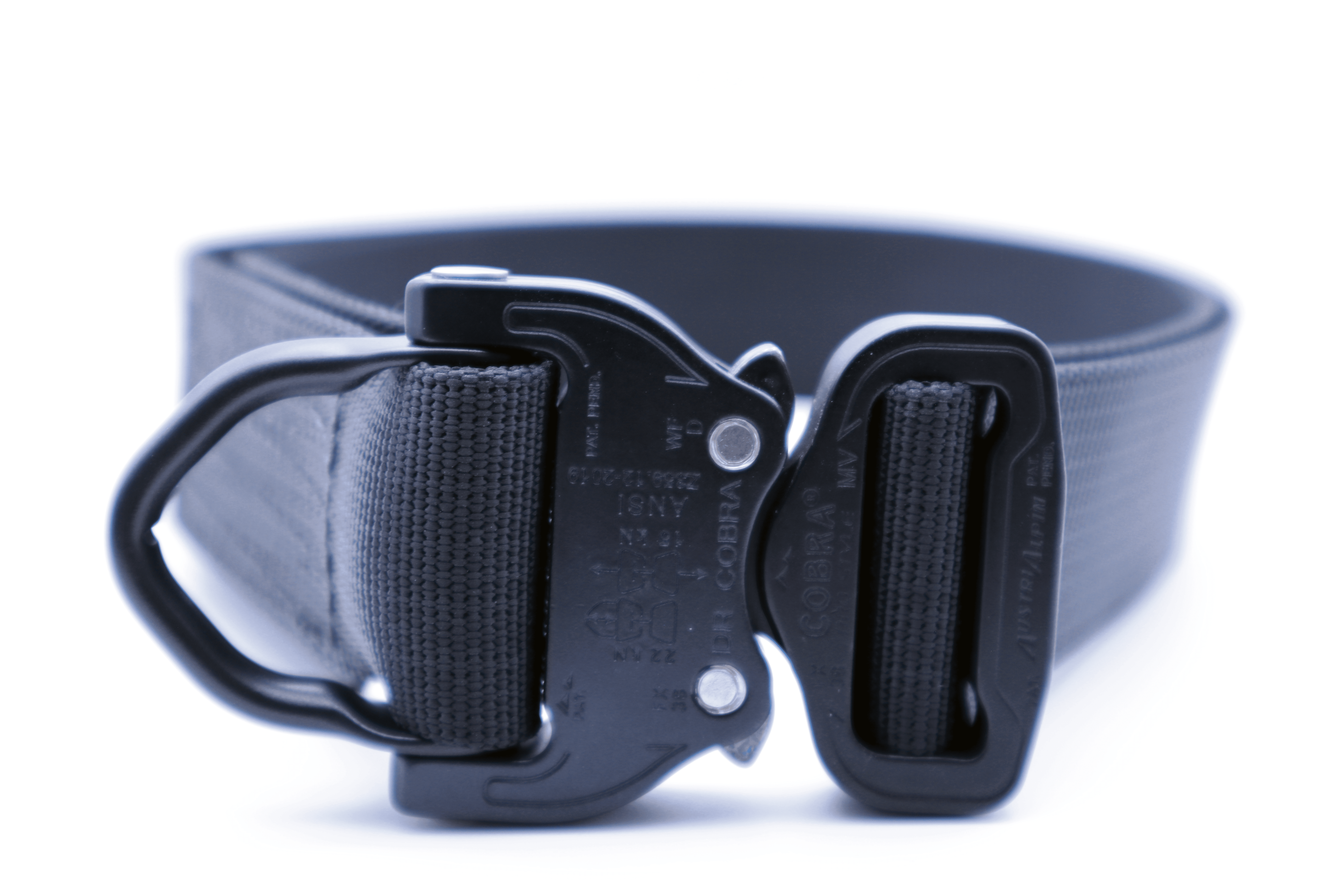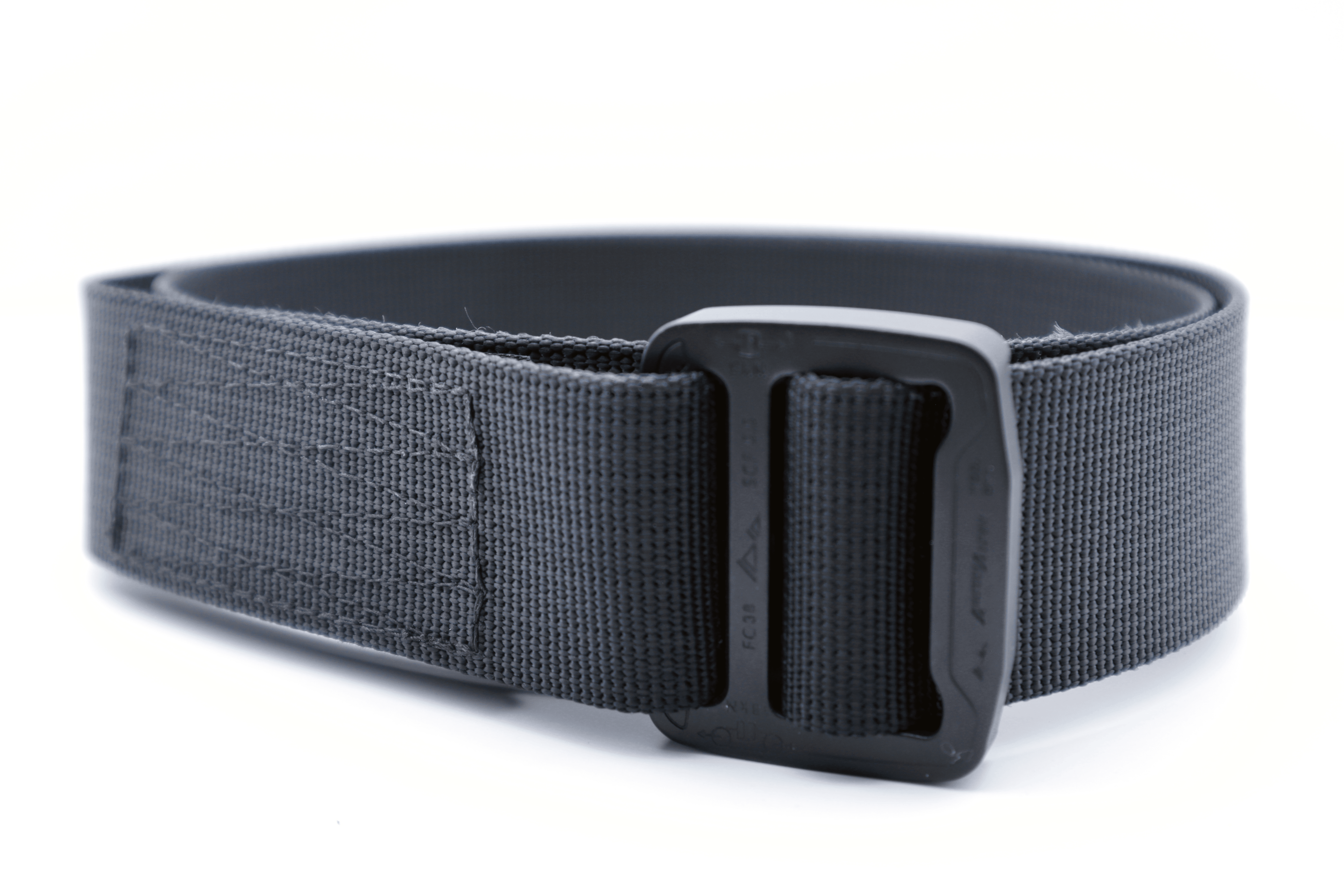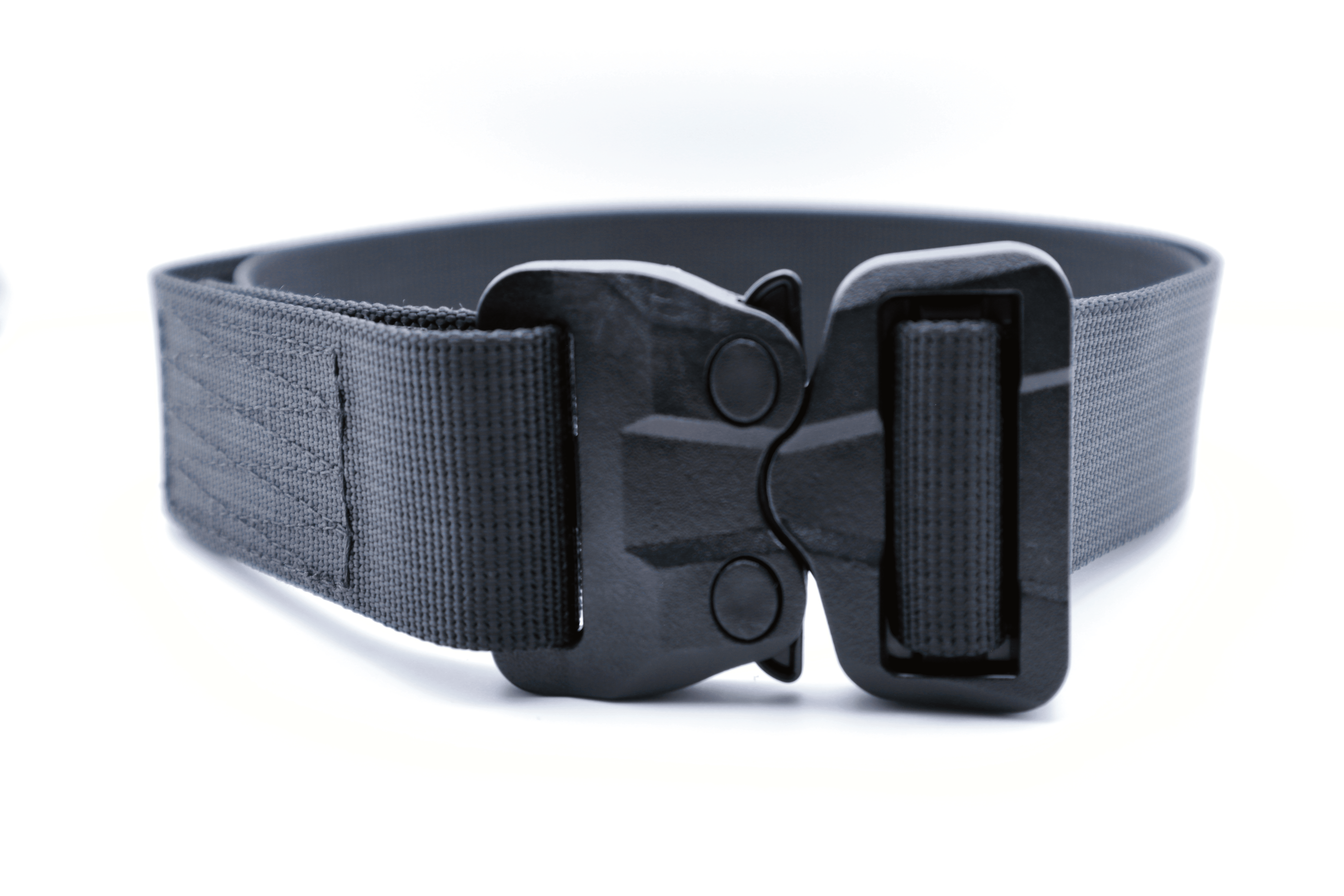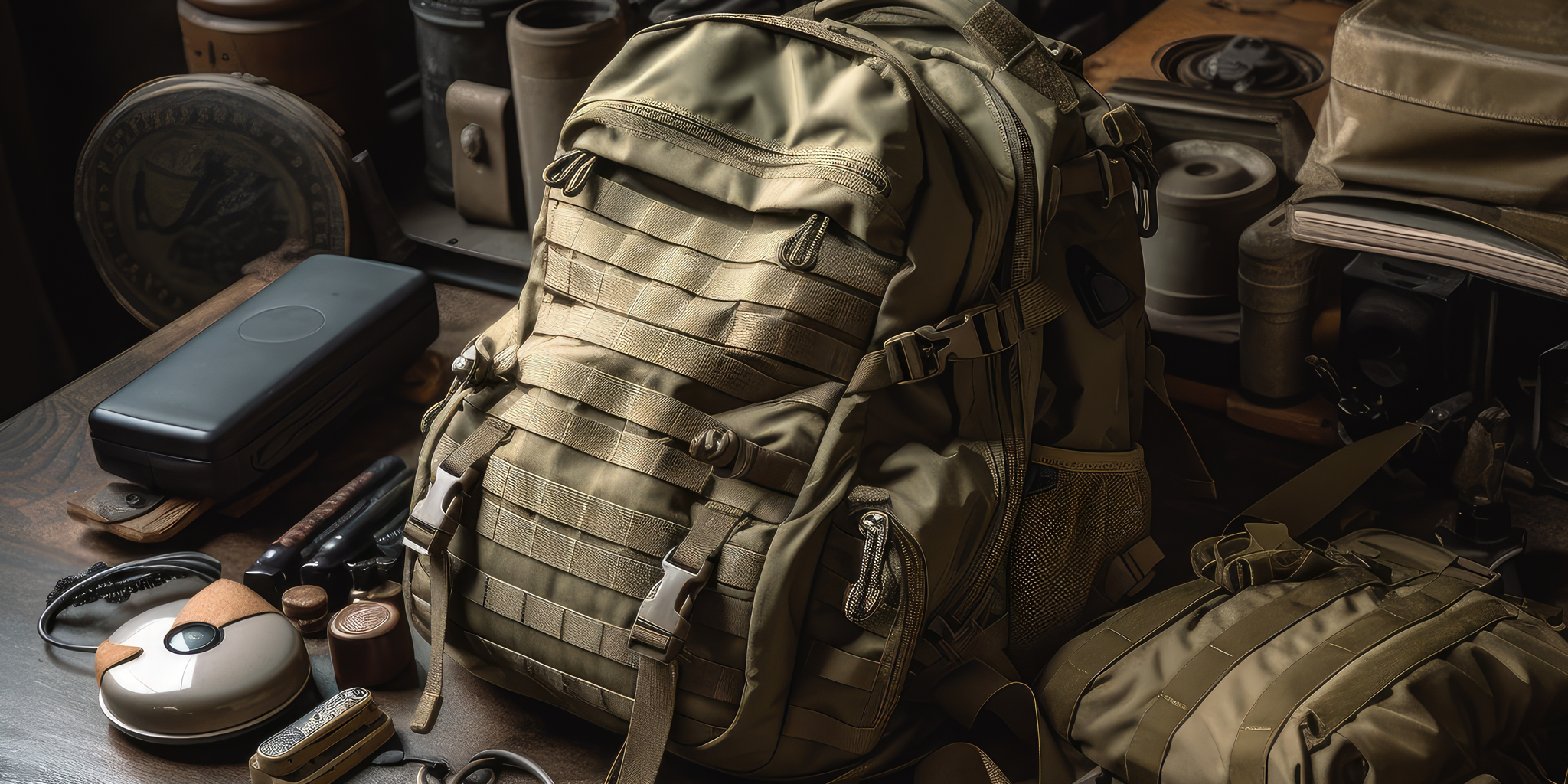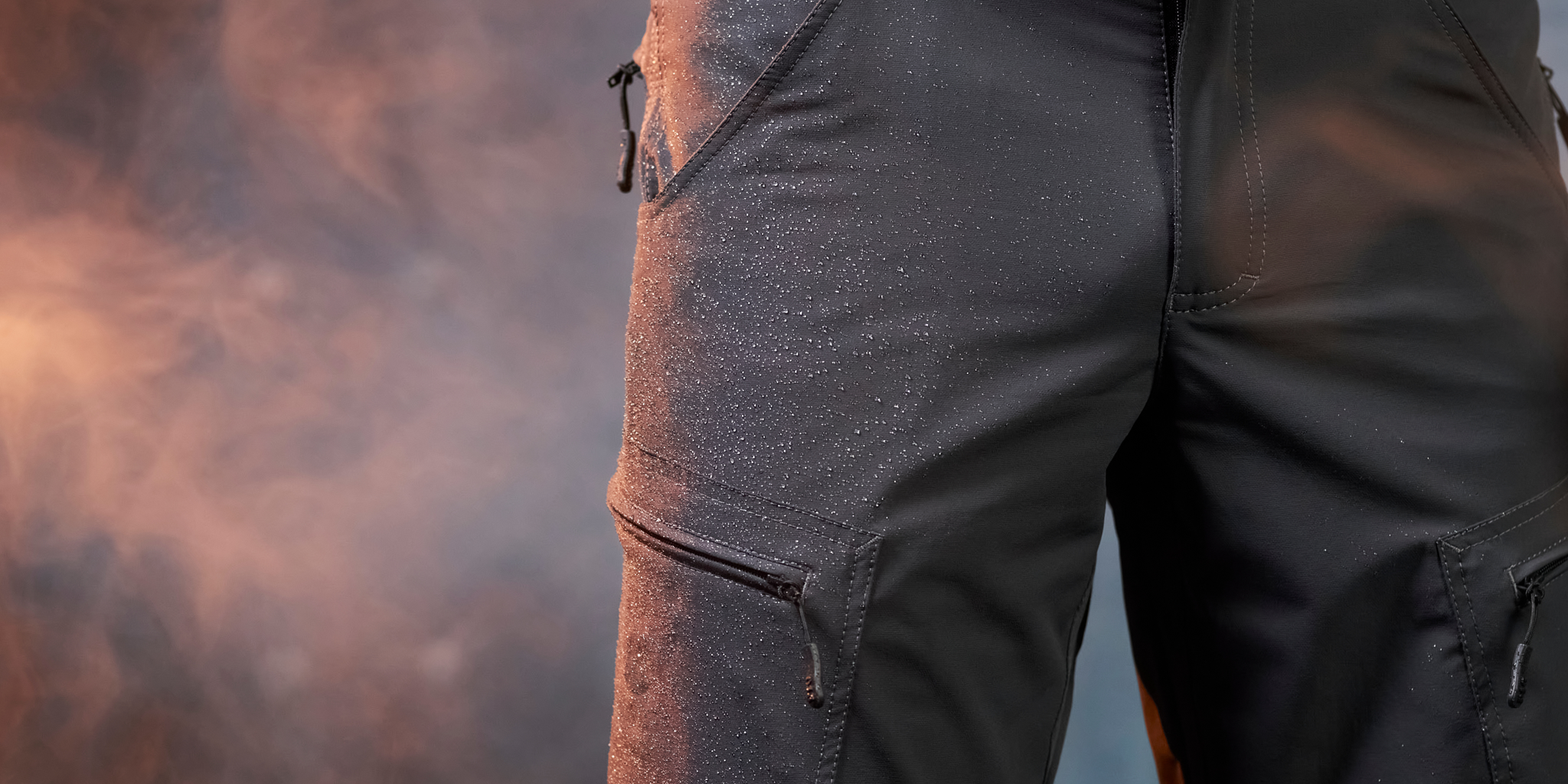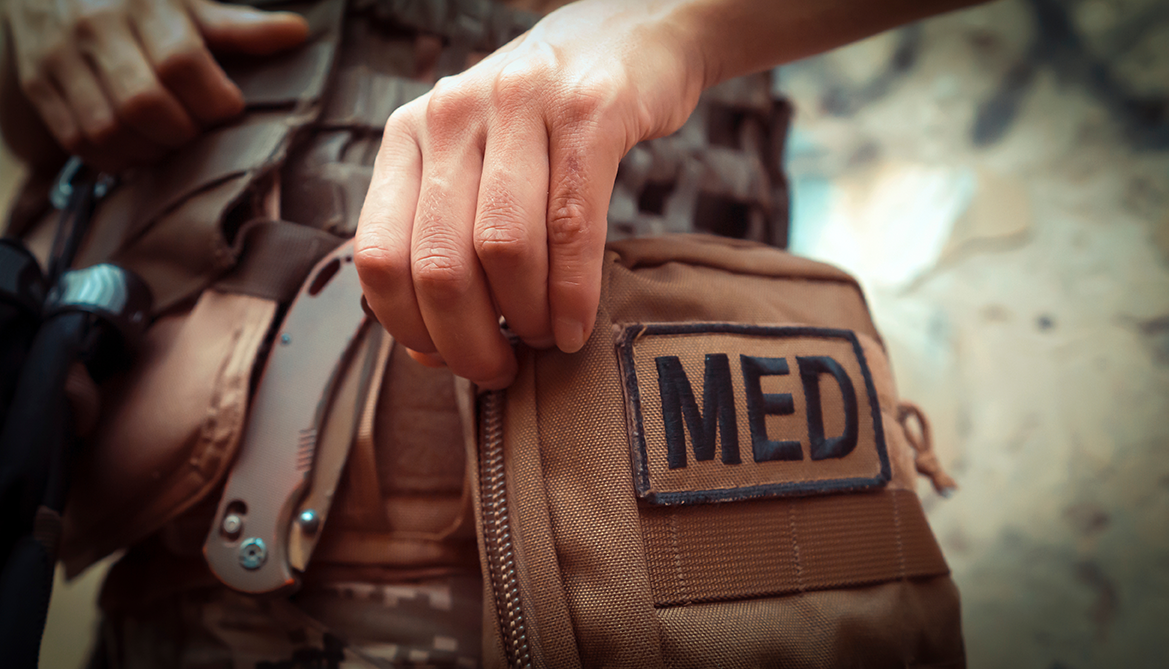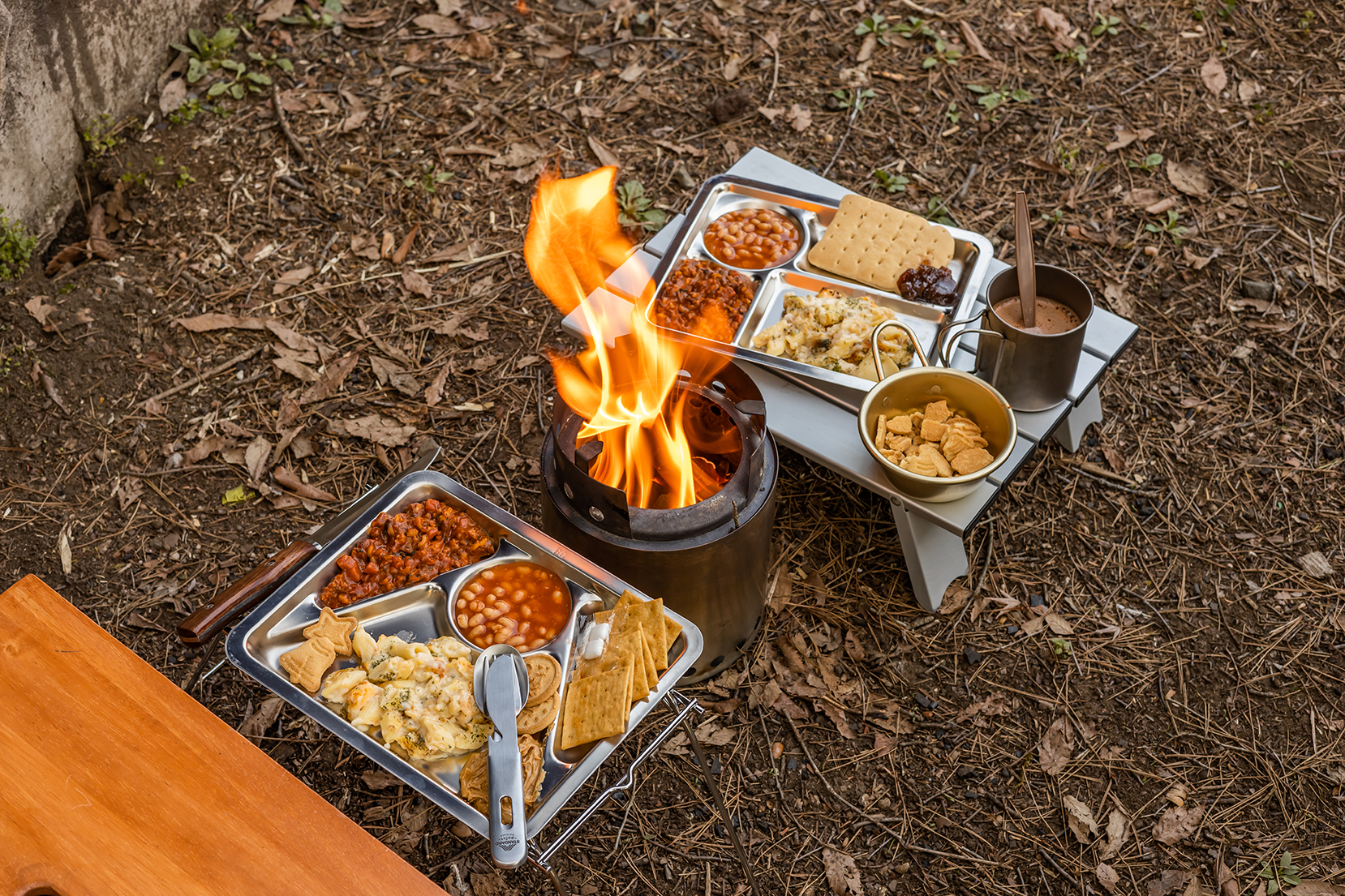Klik Belts Are Made Just For You!
Klik Belts Are Hand Made In Nothern Colorado By Men & Women Who Love The Great Outdoors, EDC, CCW, & Adventure.
Every Klik Belt Is Meticulously Hand Picked, Cut, Assembled, Sewn, & Inspected And Made To Order Just For You.
The Klik Belts Stealth Belt
Affordable balanced comfort and style with a silent No Klik aluminum buckling system to keep it flying under the radar. It's time to buckle up and take the Stealth Belt for a flight.
From the people
From the people
Love Klik Belts!
I have been wearing one every day for 7 years and still going strong! Now I have it in black to change up colors.
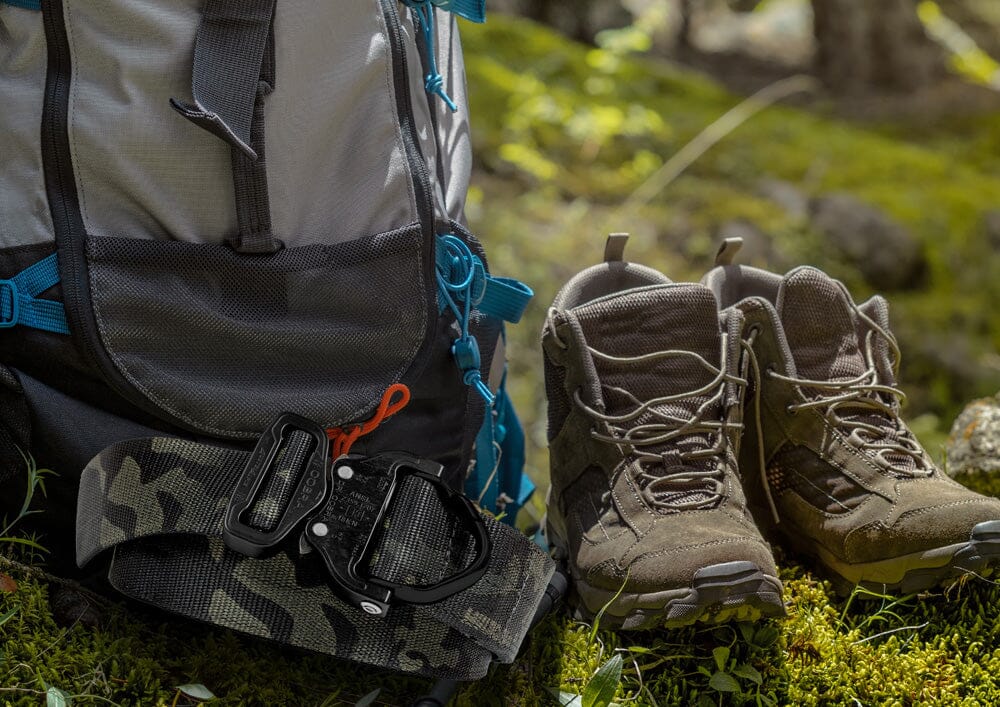
Love Klik Belts!
I have been wearing one every day for 7 years and still going strong! Now I have it in black to change up colors.
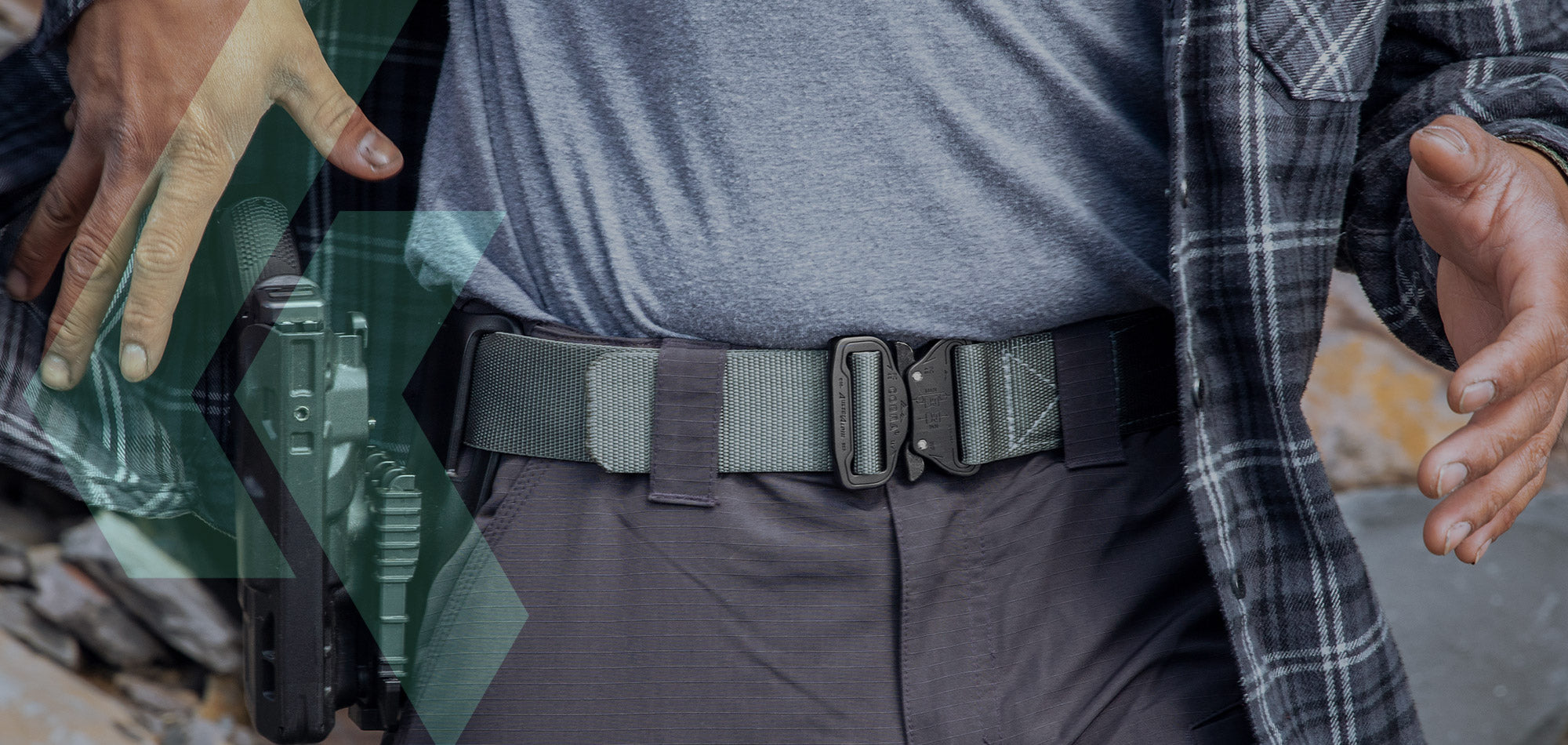
"Best CC Belt In The Market!"
"The quality and craftsmanship is second to none. Easy to use and fits a variety of holsters, IWB and OWB."

